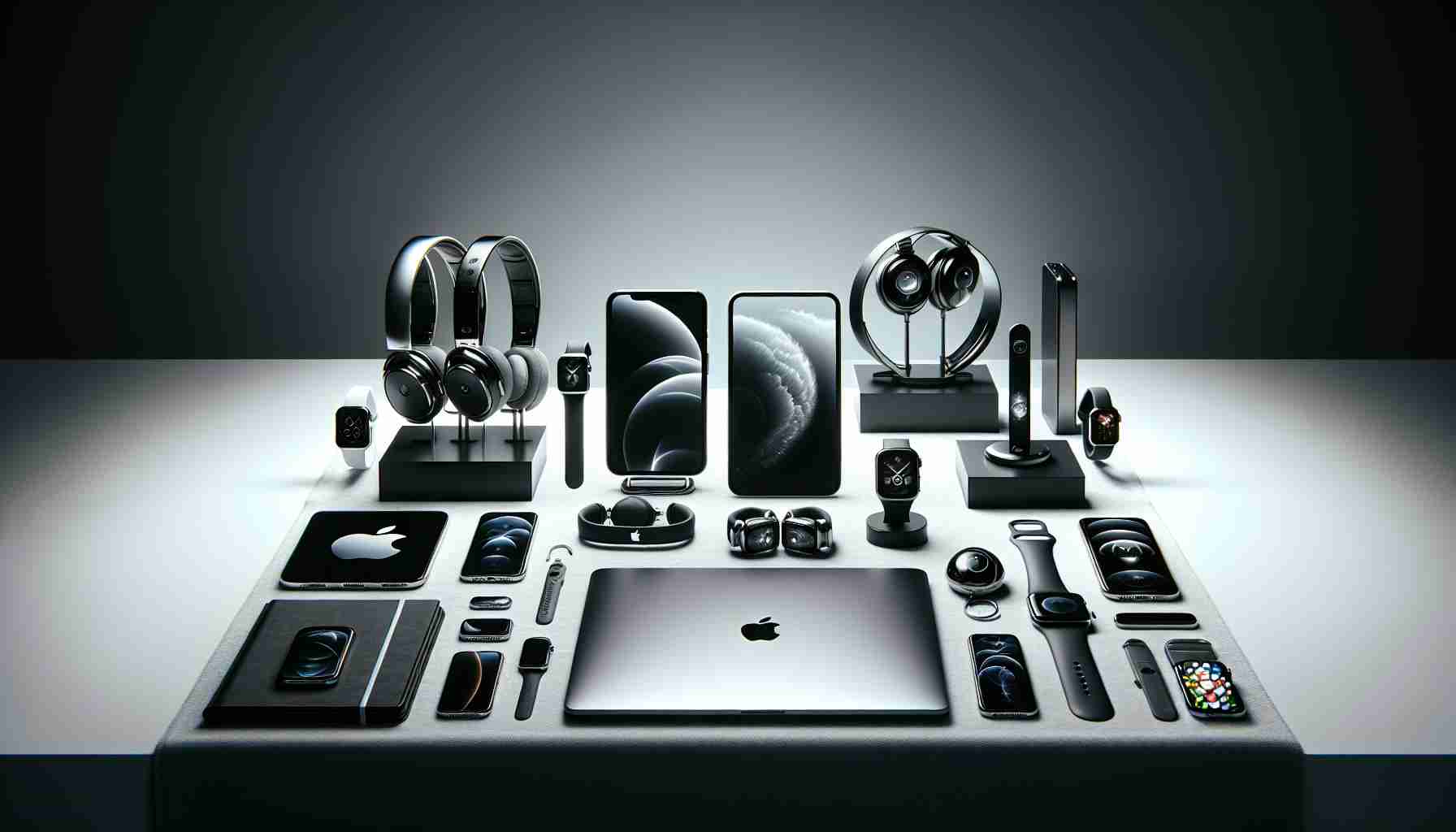iPhone 16’s Expected Palette Excites Consumers
Tech enthusiasts have their eyes set on the iPhone 16, anticipating advancements in the photography capabilities, AI-powered chipset, and battery longevity. But the broader audience is eager to learn about the available colors. Reports suggest a color spectrum featuring black, white or silver, a unique gray or “Natural Titanium,” and an intriguing rose shade which might replace the current Blue Titanium.
Unsolved Mystery in iOS 17.5.1 Bug Fix
The latest iOS 17.5.1 update attempts to address a peculiar glitch that resurrected photos previously deleted by iPhone users. While the immediate issue has been patched, the underlying mystery of the deleted photos’ unexpected reappearance remains unsolved. Apple has yet to explain the phenomenon, hinting at potential complexities in the device’s photo deletion process.
Curiosity Grows Around Next-Gen AirTag
Apple continues to cultivate interest in the AirTag with teasers about the forthcoming iteration expected in 2025. Details are scarce but suggest a superior chip could enable more exact location tracking or faster data transmission.
iPhone Manufacturing in India Adjusts Targets
Apple’s endeavor to shift iPhone production from China to India has seen amended expectations. The company now aims for 25% of iPhones to be manufactured in India by 2028, expressing a more gradual transition than initially projected.
Apple Sets Sights on 2nm Chip Technology
Intent on pushing the boundaries of chipset technology, Apple is engaging with TSMC to secure a leading position in the next leap to 2nm silicon, aiming for even greater performance and efficiency. The production of these chips is on the horizon for 2025.
Apple Competes with ARM-Based Windows Laptops
Microsoft’s recent announcement of ARM-based Windows laptops, set to rival the performance of Apple’s MacBook range, heats up the competition. Despite lacking a fanless design, these new contenders aim to challenge Apple’s MacBook Air on performance metrics.
The topics mentioned in the article revolve around various aspects of Apple’s ongoing innovation efforts and product updates. While the article provides a snapshot of recent advancements and expectations concerning Apple products, there are several additional relevant facts, questions, key challenges, and controversies to consider.
1. iPhone 16’s Expected Palette Excites Consumers:
The question of color choice extends beyond aesthetics; it is also about brand identity and market positioning. While not mentioned in the article, Apple has historically used color options as a way to differentiate between models and also to appeal to different consumer demographics.
Key challenges: Apple must forecast which colors will be popular and manage inventory to avoid overproduction of less popular colors.
Advantages: Offering a unique palette can increase consumer interest and potentially drive sales.
Disadvantages: A more extensive color range can complicate production and inventory management.
2. Unsolved Mystery in iOS 17.5.1 Bug Fix:
A relevant fact not in the article is that software bugs with data handling can raise security and privacy concerns among users.
Key controversies: Incidents like these can lead to a lack of trust in how Apple handles personal data, with users questioning the security of their information on iOS devices.
Advantages: Promptly addressing bugs reinforces Apple’s commitment to user security.
Disadvantages: Unresolved underlying issues can lead to recurring problems or exploitation by malicious actors.
3. Curiosity Grows Around Next-Gen AirTag:
While the article mentions a new chip, it doesn’t discuss the potential for improved battery life or new form factors that could also be features of a new AirTag.
Key questions: Will the next-gen AirTag offer significant improvements over the current generation to justify an upgrade?
Advantages: Enhanced features can provide Apple with an edge in the competitive market of tracking devices.
Disadvantages: Increased capabilities could result in higher costs for consumers.
4. iPhone Manufacturing in India Adjusts Targets:
A crucial factor not mentioned is the role of political and trade relationships between the United States, China, and India, which could influence manufacturing targets and processes.
Key challenges: Geopolitical tensions and local regulations can affect Apple’s ability to smoothly transition manufacturing to India.
Advantages: Diversifying production locations can reduce risk and reliance on a single market.
Disadvantages: The transition might face unexpected delays due to infrastructure or workforce readiness issues.
5. Apple Sets Sights on 2nm Chip Technology:
Apple’s collaboration with TSMC for 2nm chips underscores the company’s drive for chip independence and industry-leading performance.
Key challenges: Moving to 2nm technology requires significant R&D and overcoming current physical limitations of chip design.
Advantages: Achieving 2nm chip production would result in markedly more powerful and energy-efficient devices.
Disadvantages: The costs associated with developing such advanced technology could be substantial.
6. Apple Competes with ARM-Based Windows Laptops:
The article does not touch upon Apple’s own shift to ARM-based M1 and M2 chips in its MacBooks, which is a vital aspect of its competitive strategy.
Key controversies: The rivalry puts pressure on both Apple and Microsoft to innovate and differentiate their offerings.
Advantages: Competition can lead to advancements that benefit consumers.
Disadvantages: Intense competition might lead to aggressive marketing strategies that could mispresent product capabilities.
For more information on Apple’s latest news and products, you can visit their official website at Apple.
